.png)
Chronic obstructive pulmonary disease (COPD) is a progressive lung disease that affects around 16 million people in the United States alone. While there is no “cure” for COPD, the rate that it progresses can be slowed significantly with healthy lifestyle choices and therapy options such as pulmonary rehabilitation, oxygen therapy, and nebulizer therapy. COPD is a debilitating condition meaning it can affect your ability to get around. But despite this, many people with COPD have been able to live active lives.
One activity in particular that many COPD patients may have trouble doing is grocery shopping. Many people enjoy going to the store because it can be therapeutic and it allows them to plan their own meals. However, on the other hand, grocery shopping requires a lot of walking and lifting which can be made more challenging by increased breathlessness, chest pain, and chronic fatigue.
{{cta('fa8abc2a-1e88-4fa3-82fd-1cb5b9ed43b2','justifycenter')}}
In this post, we’ll take a look at some actionable tips for making grocery shopping a little bit easier and accommodating of your lung condition. And if you are unable to make it to the grocery store, we’ll provide you with some interesting alternatives that you can try. As always, if you have any questions or concerns, please feel free to leave them in the comment section below.
Speak With Your Doctor
Before you start planning your trip to the grocery store, it’s very important that you speak with your doctor. While it would be nice if there was one simple dietary plan that every COPD patient could follow, the truth is, no two people have the same nutritional needs. Your doctor will work closely with you to determine what foods you should be eating based on the severity of your COPD, your age, and whether or not you have any comorbidities like diabetes, sleep apnea, or cardiovascular disease.
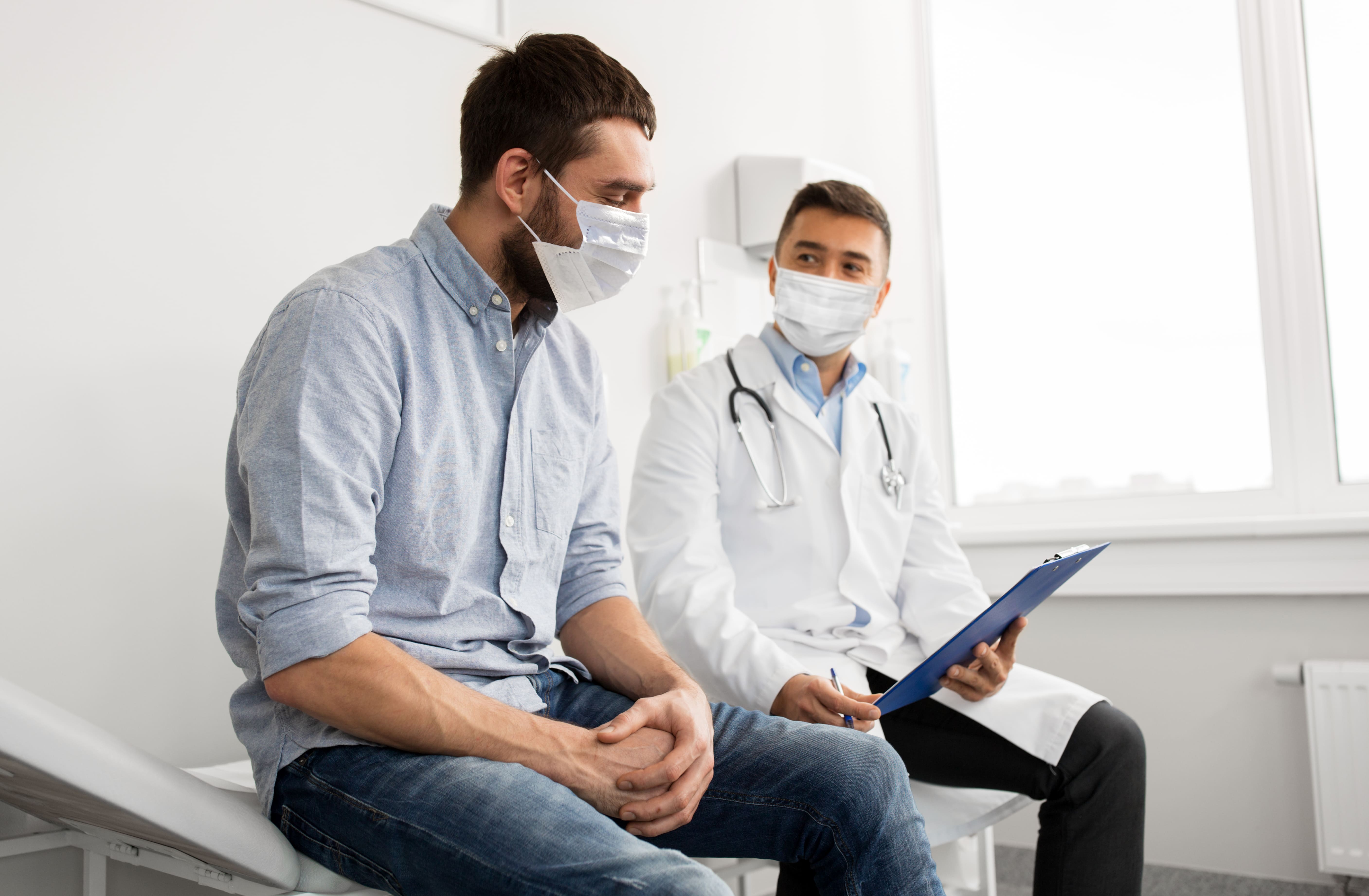
Diet and respiratory health are inextricably linked. Whenever you eat, the food consumed is used as raw materials in a process called cellular respiration. This is when the oxygen that you take into your lungs is used to break down food and turn it into usable energy for your entire body. If you eat unhealthy foods or you don’t have the proper balance of nutrients, your lungs will not have the energy and strength they need to function properly.
You not only need to know what to eat but how much to eat as well. If you don’t eat enough food and you’re malnourished, you likely won’t have the energy to go about your daily life and do things like grocery shopping or cooking. Many COPD patients are underweight because eating can lead to bloating, chest pain, and fatigue. If this is the case, your doctor may closely manage your diet to ensure you’re getting enough protein and healthy fats in your diet. He/she may also prescribe you medication that helps you cope with bloating and fatigue after eating.
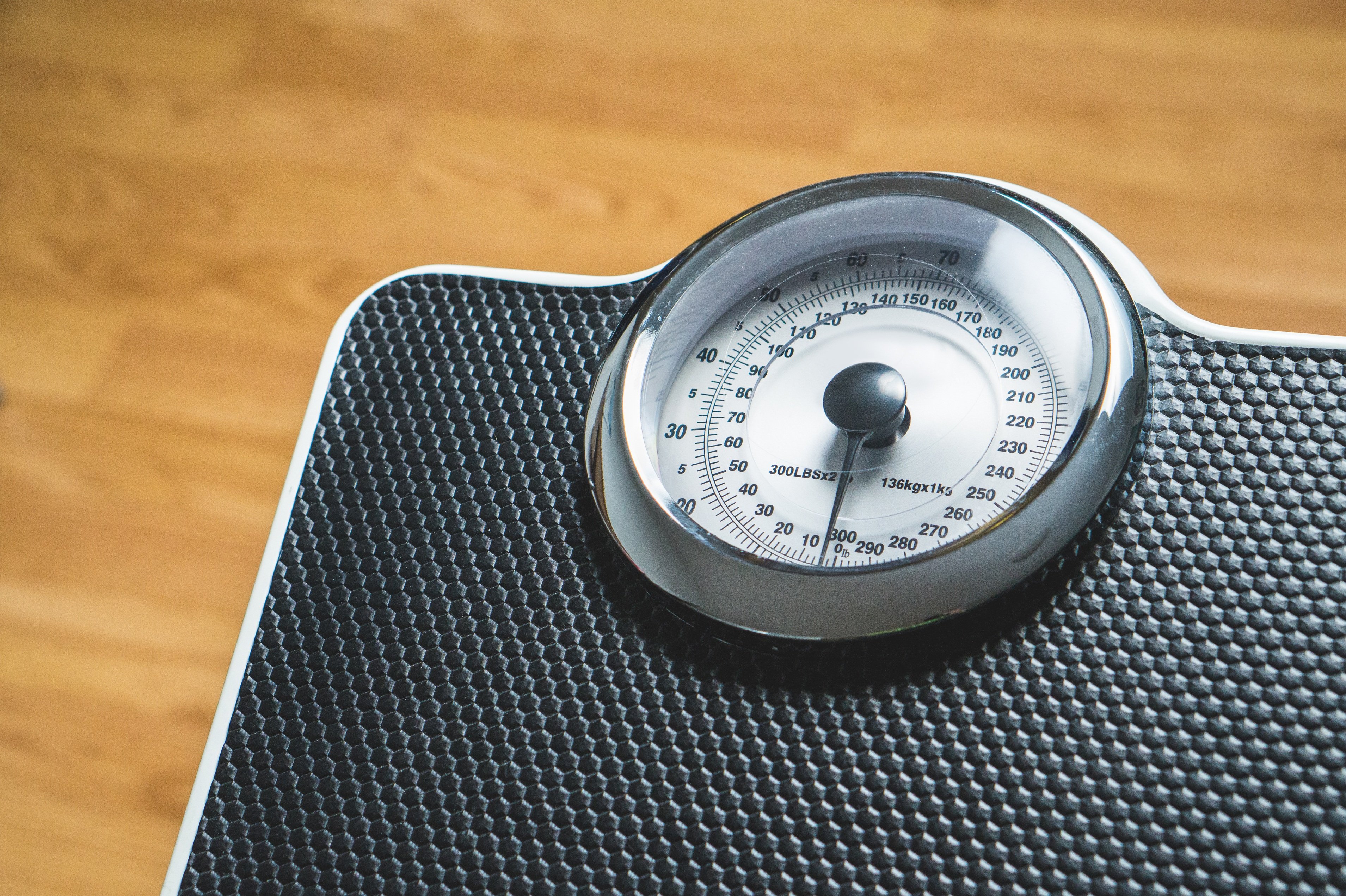
On the other hand, being overweight can also cause a lot of problems in COPD patients. While overweight is far less common in COPD patients, the added weight can lead to obstructed breathing. If you are overweight, your doctor will likely make adjustments to your fitness routine to ensure you’re getting the right amount of exercise. Spreading meals throughout the day and implementing portion control can also help alleviate weight problems. Atrophy (muscle wasting) is a common cause of weight loss in COPD patients, so it’s important to lose weight in a healthy way that burns fat rather than muscle.

Last but certainly not least, you should not hesitate to address any questions or concerns you have about grocery shopping, cooking, and diet with your doctor. If you think you have a “weird” question, chances are, there are many other people out there who have the same question, so it’s best to just speak your mind. One good way to do this is to keep a notepad handy as you go about your day and write down any questions you have as you think of them. Once it comes time to visit your doctor, simply hand him/her the notepad.
Take Time to Plan Ahead
Going to the grocery store with COPD is all about planning. The more prepared you are, the better you will be able to deal with complications as they arise. Before heading out the door, you might want to create a list of emergency contacts that you can call if you experience a flare-up in your symptoms and need someone to come get you. According to Healthline, the average COPD patient experiences between 0.85 and 1.3 exacerbations a year so it’s best to be prepared no matter where you’re going or what you’re doing.
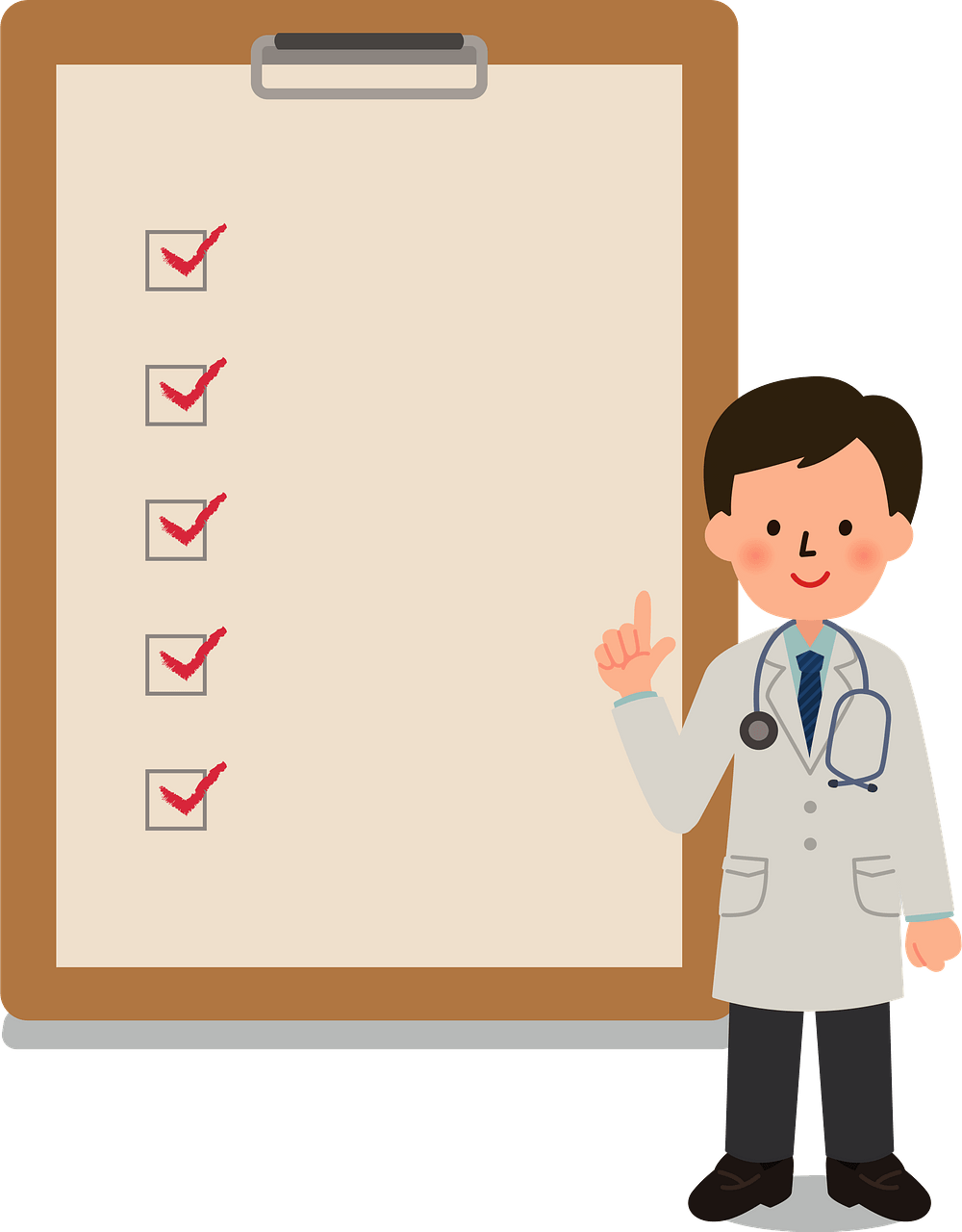
COPD is an invisible disease in many ways meaning nobody is going to know that you have COPD just by looking at you. This is why it’s important to have a plan rather than relying on strangers in the grocery store if you experience a flare-up. If you’re able to, you might consider reaching out to a friend and schedule days to go to the grocery store together. This could be another person with COPD or a healthy individual, but what matters is that they understand your disease and how to deal with a flare-up or exacerbation.
Research Nutritional Information and Brands
One thing you should get in the habit of doing is being more careful about the brands you buy and the nutritional labels on the back of each product. Unfortunately, there is a lot of deceptive advertising out there to make you think that you’re eating healthy food when you’re really not. According to Truth in Advertising, 70 percent of consumers make buying decisions while they are in the store making them more susceptible to false advertising.
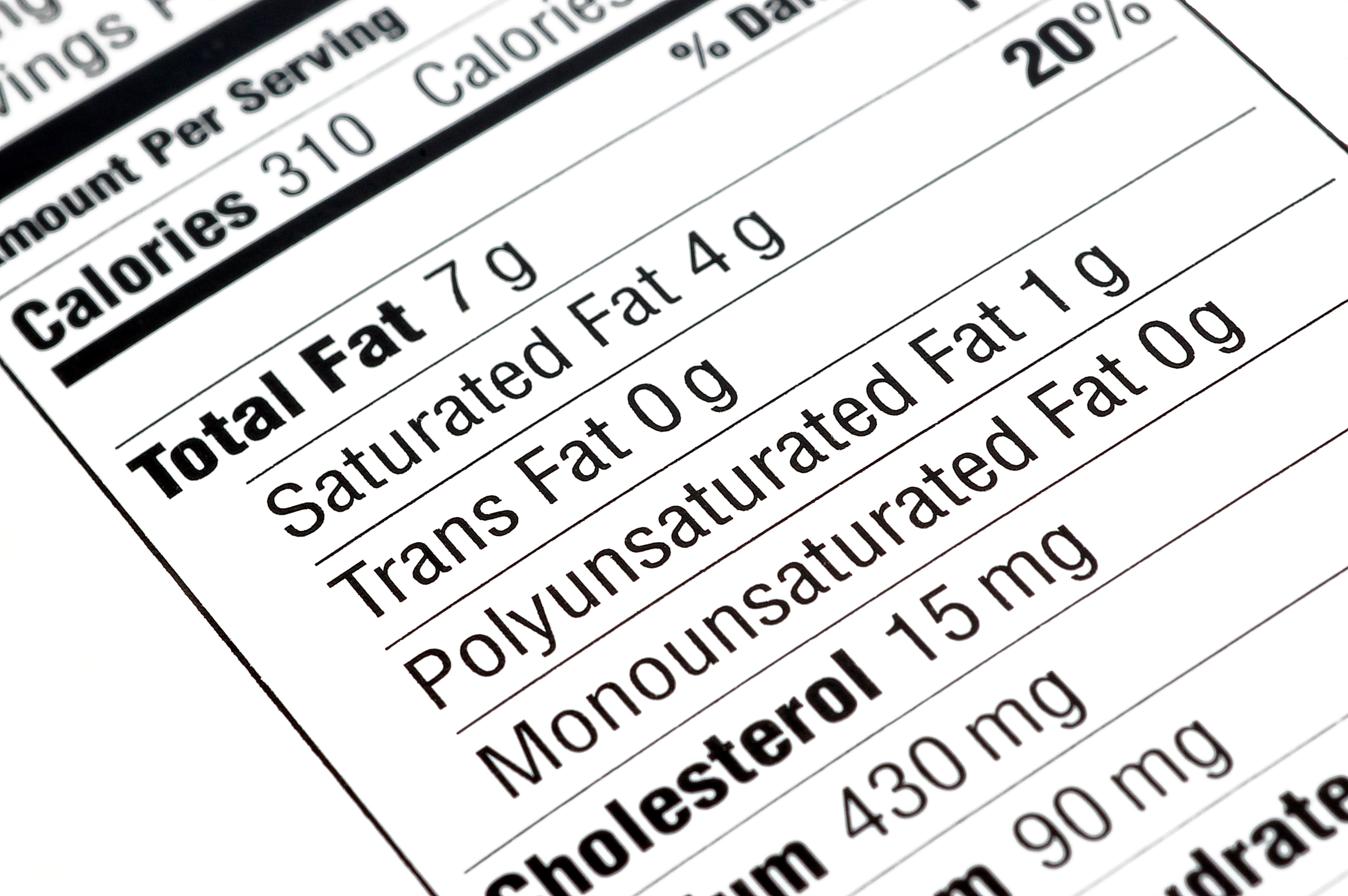
Remember that stores are specifically designed to get shoppers like you to spend more money. But “spending more money” doesn’t always mean getting healthy and nutritional food. If you’re in the store looking at a wall of different products, don’t just take the first one you see. Take some time to read the nutritional label on each of them and determine which one is best suited for your dietary needs. Also, be sure to write down which ones you choose so that you know for next time.
Find the Right Portable Oxygen Concentrator
Medical oxygen is a core aspect of most COPD treatment plans. Using supplemental oxygen throughout the day as prescribed allows COPD patients to keep their blood oxygen levels stable while preventing breathlessness, chest pain, and coughing. The problem, however, is that oxygen tanks are very bulky and the longer you want to stay out of the house, the heavier your tank will be.
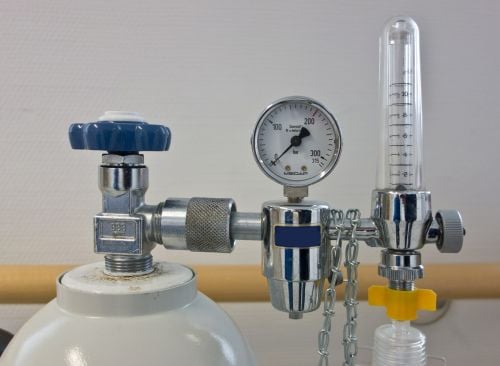
Fortunately, there is a better alternative to oxygen tanks called portable oxygen concentrators. Unlike oxygen tanks which store compressed oxygen, oxygen concentrators are electronic devices that take in ambient air, remove nitrogen, argon, and other gases, then put out medical-grade oxygen. The benefit of this is that you don’t need to buy a large, heavy oxygen tank just to get out of the house, you just need enough batteries to last the duration of your trip.
{{cta('b59df0c1-c4de-47a8-8e1c-0d33d4b414aa','justifycenter')}}
One of the most popular portable oxygen concentrators on the market in 2021 is the Caire FreeStyle Comfort. This unit weighs in at only 5 pounds making it one of the lightest portable oxygen concentrators ever produced. But that’s not all that it has going for itself. The FreeStyle Comfort has a maximum oxygen output of 1,050 milliliters per minute (ml/min) of medical grade oxygen (5 pulse flow settings) and offers up to 16 hours of battery life on one charge while using the 16-cell battery.
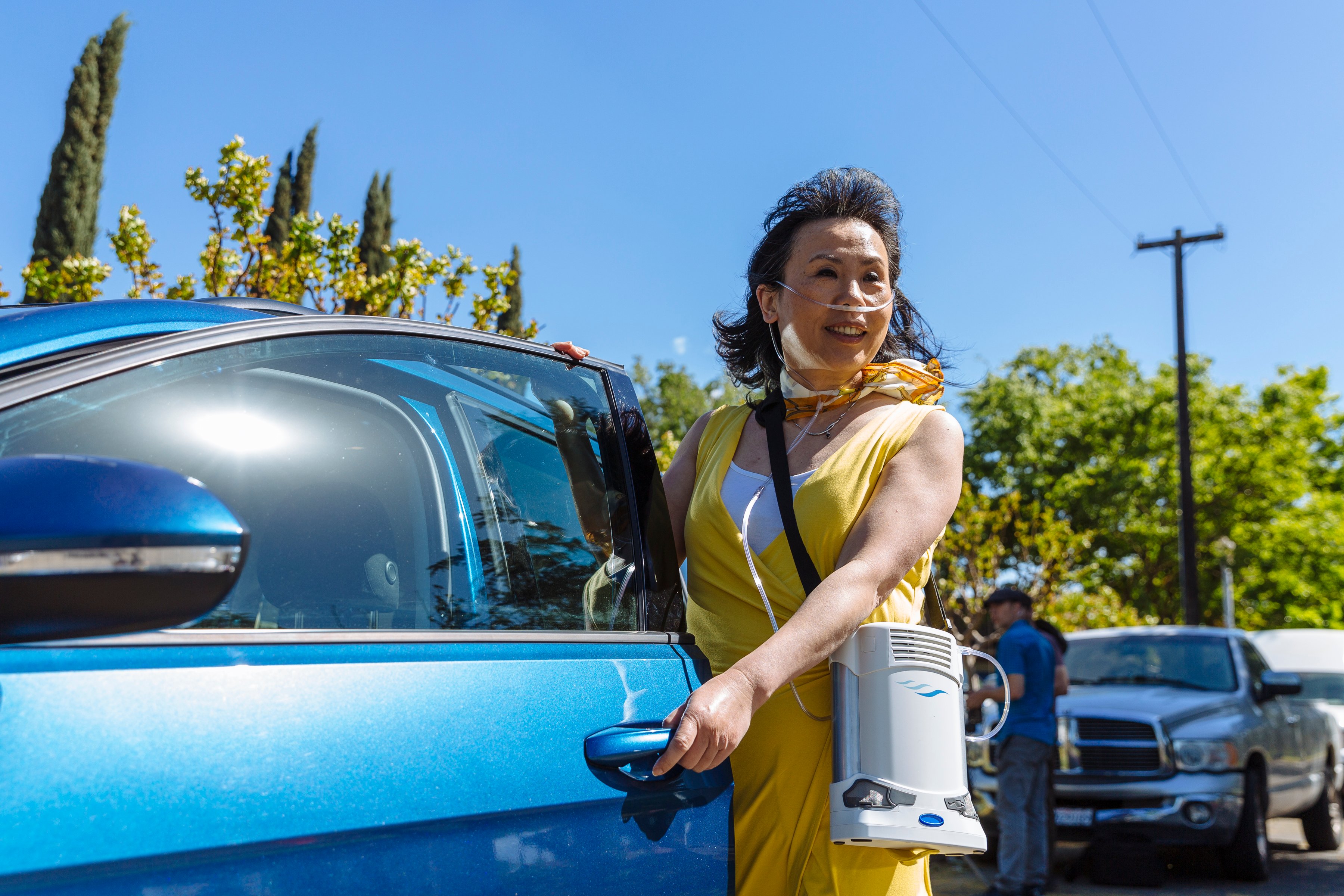
Another great affordable portable oxygen concentrator is the Inogen One G5. Much like the FreeStyle Comfort, the G5 is lightweight, weighing in at only 4.7 pounds. It also has the highest oxygen output of any pulse dose portable oxygen concentrator with 1,260 ml/min of medical-grade oxygen. Last but not least, it offers up to 13 hours of battery life on one charge using a 16-cell battery.
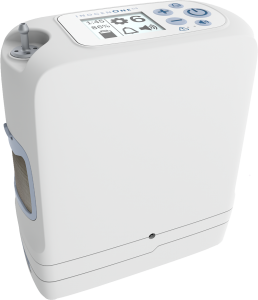
Needless to say, there are plenty of options available to you in terms of portable oxygen concentrators. Rather than going with the first one you find, you should take the time to speak with a respiratory specialist who will be able to align you with the POC that best meets your wants and needs. Remember that you will need a prescription from your doctor or pulmonologist in order to purchase or rent a medical-oxygen device.
Bring Your Rescue Inhaler
A rescue inhaler is a small portable device used to administer inhaled medications. Most respiratory patients including people with asthma and COPD are prescribed an inhaler because it provides quick relief during respiratory exacerbations. Fast-acting bronchodilators act quickly to open up the airways, clear mucus, and alleviate breathlessness so it’s important to carry yours with you and keep it handy whenever you go to the grocery store.
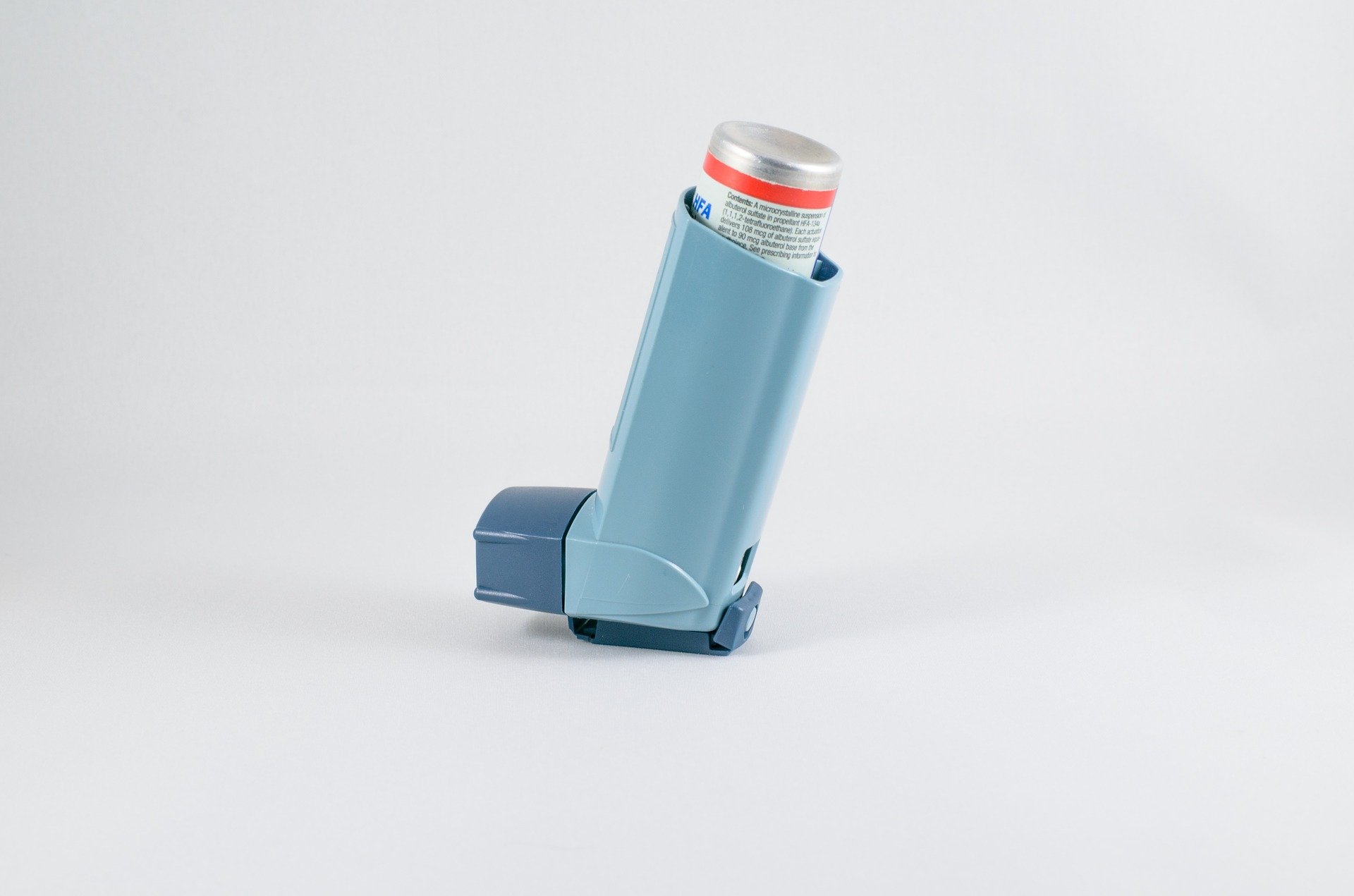
Unfortunately, inhalers are notoriously difficult to use. Unlike nebulizers which deliver medication in a constant stream, allowing you to breathe at your own pace, inhalers require you to inhale sharply in order for the medication to reach your lower respiratory system. This can be really challenging for some COPD patients, especially people with more severe lung impairment. One great way to combat this is to use an inhaler spacer. A spacer is a plastic piece that attaches to your inhaler mouthpiece and holds the medication for longer, giving you more time to inhale it. If you’d like more information on using an inhaler more effectively, please read this article.
Use Mobility Aids
A mobility aid is a device that helps you get around more easily. Devices like walking canes, walkers, manual wheelchairs, and electric scooters can be invaluable tools for anyone with COPD. Many grocery stores have electric scooters at the door to make it more accessible for people with disabilities. These scooters usually have a basket on the front or back so that you can store your groceries, so be sure to take full advantage of these if you see them in your store.

Choose the Right Time and Day
Choosing the right day and the right time to go to the store can make a world of difference. Going during peak hours will mean spending more time in lines and you might be forced to rush through your grocery shopping. For someone with COPD, this is not ideal because you need to be careful about the products that you’re buying. Additionally, there’s usually added stress and anxiety when you go during the busiest hours.
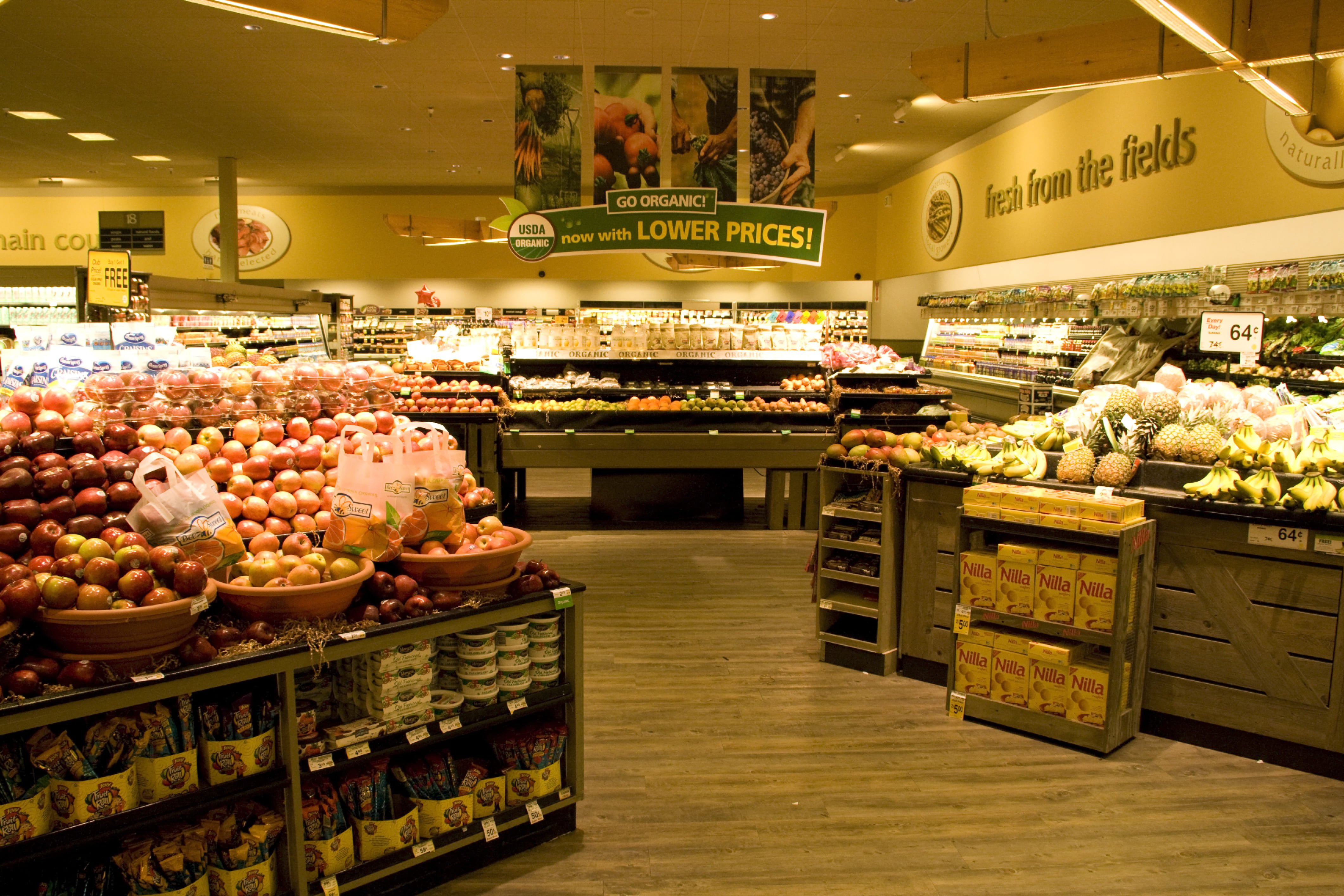
According to Thrillist, the busiest times at grocery stores are Saturday afternoons between 1 pm and 3 pm and weekdays after 4 pm or 5 pm. The least busy time is Monday mornings and any weekday before noon. Planning your grocery store trip during these times will make your shopping experience much more pleasant and you won’t feel the need to rush through what you’re doing just to get out of someone’s way.
Learn the Store’s Layout
As you go through the store for the first time, you should take note of where everything is located. You don’t need to write down everything, but you should keep track of what isle number your favorite products are located in. This will make it much easier to plan your shopping list next time you go to the store.
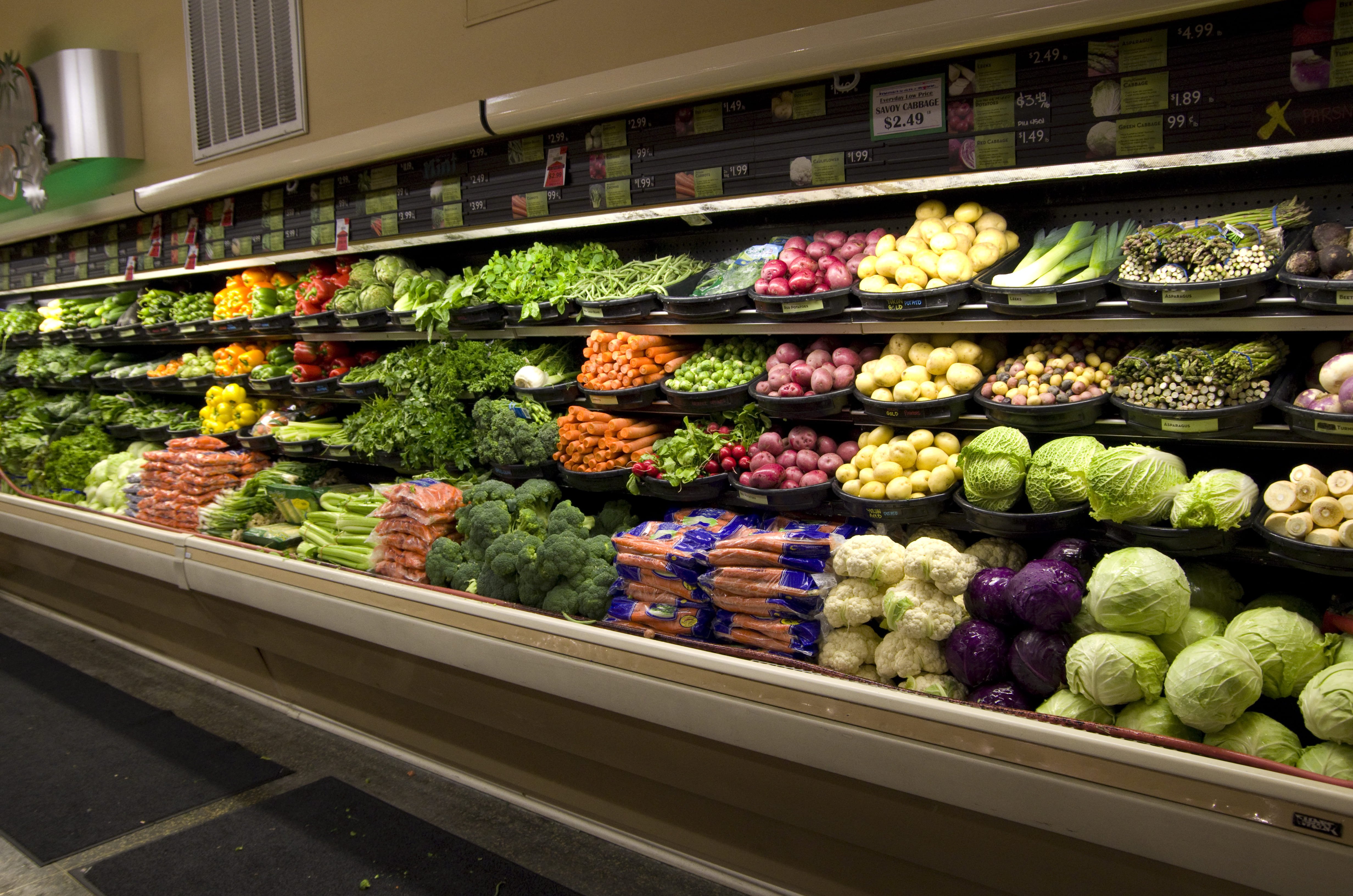
Consider Grocery Delivery Services
Last but certainly not least, you may want to consider either doing grocery pickup or have your groceries delivered to your home. Grocery pickup is where you order your groceries online and then you simply have to drive to the store to pick them up. This will save you a lot of time and you won’t need to worry about walking around the store to find the groceries you need. Simply pull up, load the groceries into your car, and you’re all set.
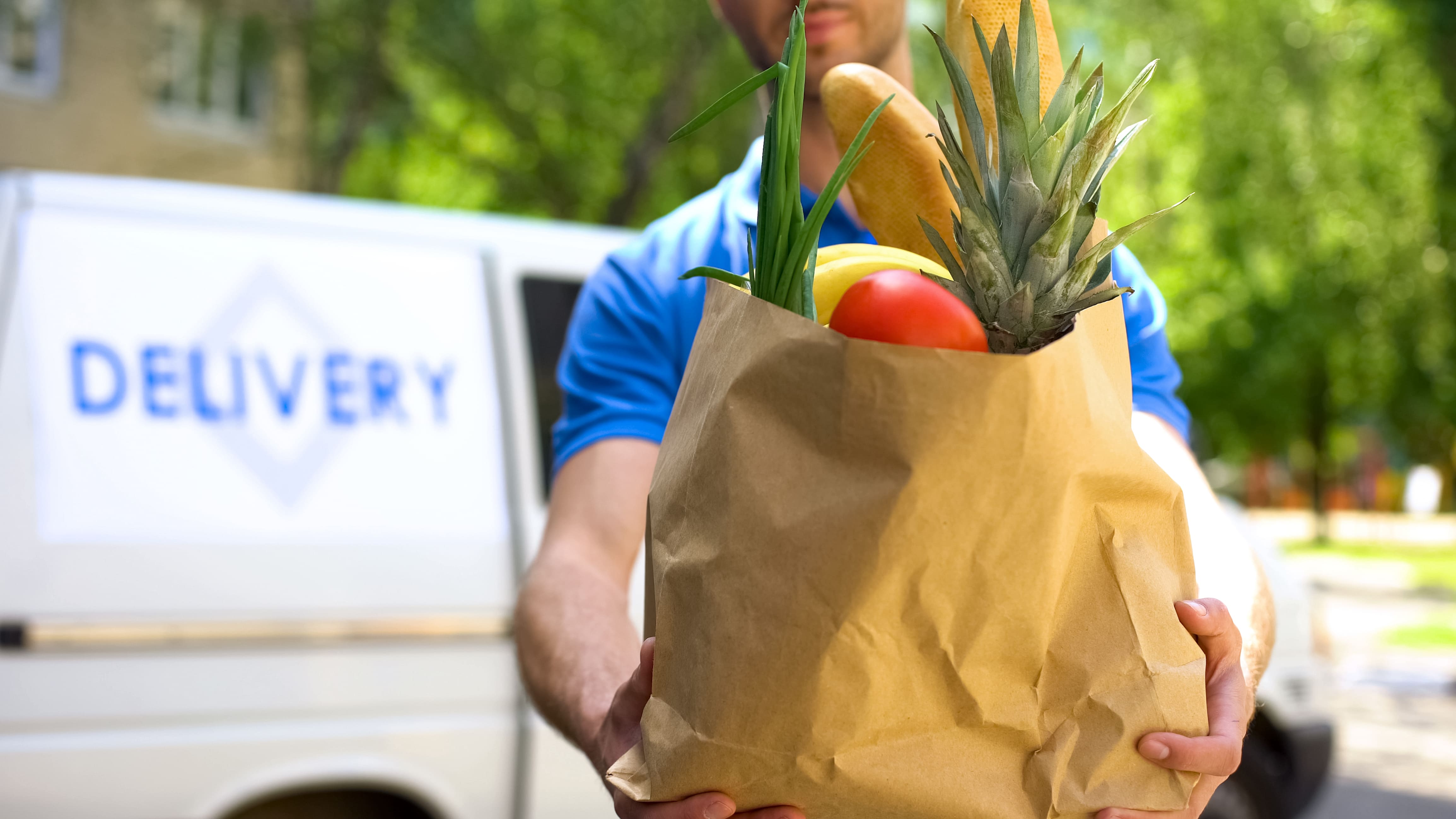
Another option is grocery delivery. Grocery delivery is usually done by third-party companies like Instacart or Shipt and will provide you with even more convenience than in-store pickup. However, the one downside to having your groceries delivered is that you will have to pay a delivery fee, so this is not a great option if you just need a few things.
Conclusion
Grocery shopping and cooking are two activities that many people love to do. However, if you’re living with COPD or any other type of chronic lung disease, you may find it difficult to find the energy to do these things. What’s more, you might worry about not having enough medical oxygen to last the duration of your trip to the store. Follow the tips above to get you started with grocery shopping in a way that’s safe and accommodating for your respiratory illness.
Here at LPT Medical, we strive to provide as many oxygen patients as possible with high-quality, lightweight, and easy-to-use portable oxygen concentrators. Unlike old outdated oxygen tanks, portable oxygen concentrators enable you to go wherever you please without restriction. With long-lasting lithium-ion batteries, you’ll never have to worry about running out of oxygen while you’re out of the house. And taking a trip to the grocery store will be a breeze with POCs like the Inogen One G5 or Caire FreeStyle Comfort.
Whether you simply have a question about portable oxygen concentrators or you’re looking for a great deal on a new or used portable oxygen concentrator, don’t wait to reach out to our respiratory specialists here in Denver, Colorado. You can reach us by phone at 1-888-416-3855 or by email at info@lptmedical.com. Alternatively, you can leave a comment below expressing your interest in an oxygen concentrator and we will reach out to you with more information.

